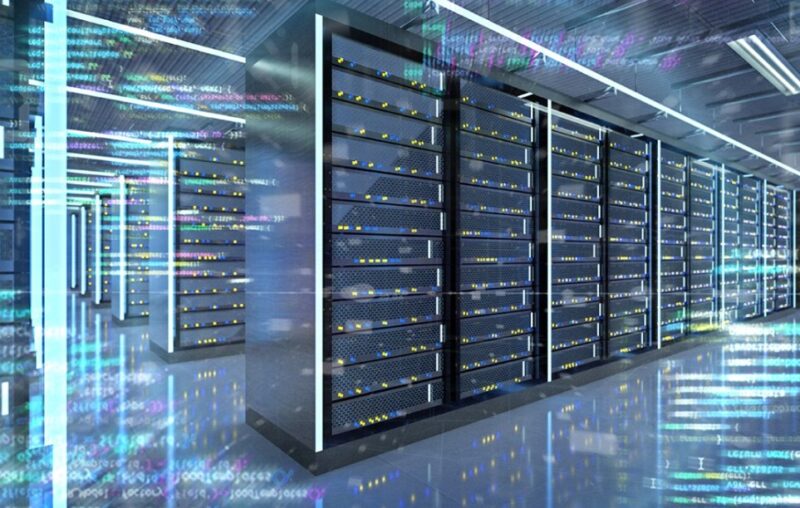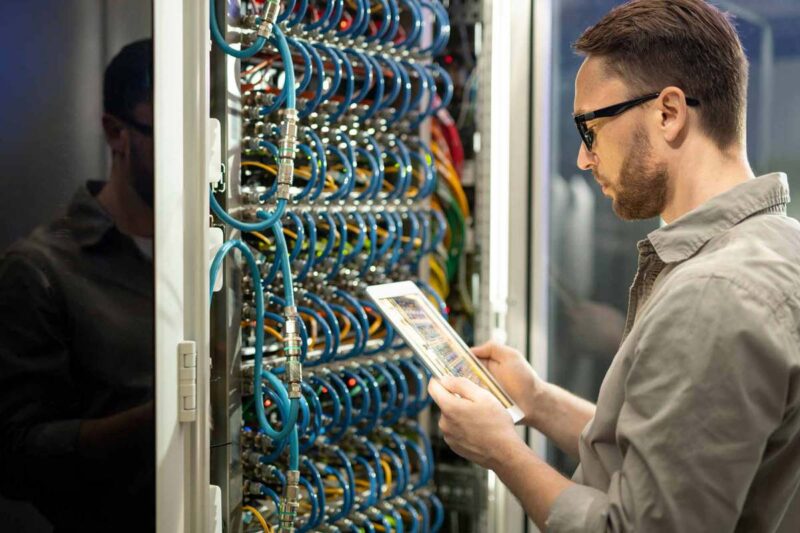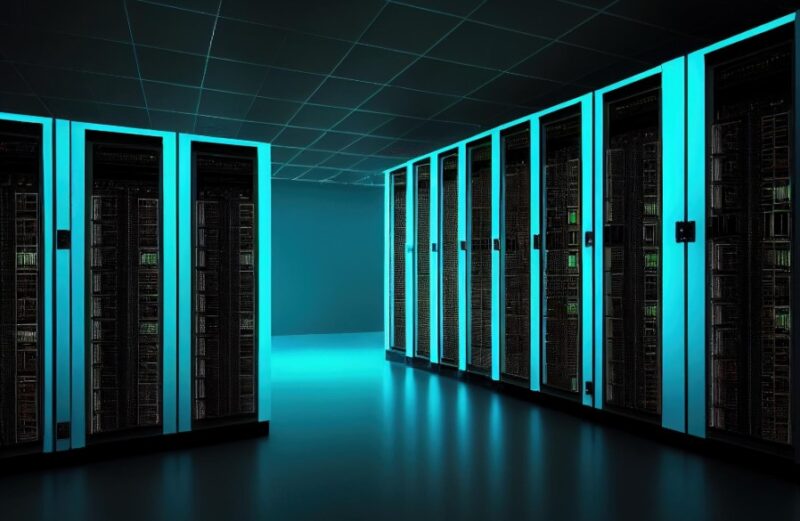Choosing a VPS hosting plan can feel like shopping for a laptop with no display ─ all performance, no design fluff. You’re essentially paying for raw power, flexibility, and reliability. But unless you know exactly how much CPU, RAM, and storage your project demands, you could end up overpaying or watching your site lag during high-traffic spikes. That’s where making informed choices really pays off.
This guide breaks down each core resource ─ CPU, RAM, and storage ─ and shows how to match them with your needs. Whether you’re running a busy eCommerce site, a growing SaaS app, or a portfolio website that occasionally goes viral, this article will help you find the right VPS configuration without falling for the marketing jargon.
Key Highlights:
- Understand how CPU cores impact real-world performance
- Choose RAM based on traffic, caching, and workloads
- Differentiate SSD vs HDD and why NVMe is the new standard
- Know when to upgrade your VPS specs
- Consider data center location for latency and SEO
- Why some VPS providers offer a smart middle ground
Know What You’re Hosting First
Before you even compare plans, ask yourself: What exactly will run on this server?
Not all websites or applications have the same needs. A WordPress blog with moderate traffic won’t require the same horsepower as a high-traffic Laravel app with background jobs and cron tasks.

Here’s a breakdown to help put things in perspective:
| Project Type | CPU | RAM | Storage |
| Basic Blog / Portfolio | 1 Core | 1–2 GB | 20–30 GB SSD |
| Medium eCommerce Site | 2–4 Cores | 4–8 GB | 50–100 GB SSD |
| SaaS / Web App | 4+ Cores | 8–16 GB | 100–200+ GB NVMe |
| Game / Dev Server | 4–8 Cores | 16–32 GB | 100+ GB NVMe |
Understanding what you’re running will keep you grounded when comparing offers.
Choosing the Right CPU Allocation
CPU cores (or vCPUs) determine how many tasks your VPS can handle simultaneously. Unlike shared hosting, VPS gives you a guaranteed slice of the processor.
Here’s how CPU power matters:
- Single-core tasks ─ Many CMSs like WordPress are still single-threaded for some operations. A fast single-core CPU benefits you more than many slow ones.
- Concurrent traffic ─ More cores mean better handling of simultaneous requests. Important for online stores, booking systems, or media-heavy sites.
- Background jobs ─ If you run backups, email queues, or cron jobs regularly, those eat CPU cycles too.
Some VPS providers in Czech Republic have plans optimized for European businesses that need fast CPU response times and low latency across EU borders. Hosting locally also benefits GDPR compliance and SEO for Czech or nearby markets.

Understanding RAM and Why It’s Often the Bottleneck
RAM acts as the server’s short-term memory. When there isn’t enough of it, your server will start swapping to disk ─ a slow, painful fallback that can kill performance.
What consumes RAM:
- Web server and database memory (e.g., Apache, NGINX, MySQL)
- Application caching (Redis, Memcached)
- PHP processes or Node.js workers
- Control panels like cPanel or Plesk
If you’re running multiple WordPress sites, or a busy Magento store, don’t go under 4 GB. For Laravel, Django, or container-based apps, start thinking in the 8+ GB range.
Quick rule of thumb:
- 1 GB = basic static sites
- 2–4 GB = CMS + low traffic
- 8 GB+ = apps with caching, DB queries, log storage, etc.
Don’t underestimate the RAM needs ─ you’ll feel it the second your traffic spikes or your database grows.
SSD vs NVMe ─ What Storage Really Means
Storage is often marketed in flashy terms like “SSD-backed” or “blazing-fast NVMe.” But what matters is how fast your VPS can read/write data under pressure.
Here’s a simple comparison table summarizing the key differences between HDD, SSD, and NVMe for hosting:
| Storage Type | Availability | Speed | Best Use Case |
| HDD | Rare in modern VPS hosting | Slow, mechanical | Backups, archives, non-critical storage |
| SSD | Commonly used | Up to 10× faster than HDD | General websites, blogs, mid-level applications |
| NVMe | Increasingly standard | Up to 7× faster than SSD | High-performance apps, large databases, caching |
If you’re hosting dynamic content (e.g., search-heavy product catalogs, real-time dashboards), NVMe is the better long-term investment.
Also, pay attention to IOPS (Input/Output Operations per Second) if the provider shares it. That’s the real benchmark for how storage performs under load.

Don’t Ignore Bandwidth and Data Caps
Some VPS plans seem like a steal ─ until you realize they throttle traffic after 1TB. If your site serves videos, images, or has a global audience, bandwidth matters.
For most businesses:
- 1–2 TB/month is fine for a content-heavy blog or mid-size business site
- 3–5 TB/month is safer for media-rich or high-traffic projects
- Unlimited (when truly unmetered) is best for peace of mind
Also check if the bandwidth is shared or guaranteed. Shared means you may be affected by neighbors on the same node.
Look Beyond the Specs
Here’s where many people go wrong: they pick the biggest plan they can afford, thinking it must be the best. But there’s more to VPS than numbers.
Ask these before you sign:
Close proximity to your users improves page speed and SEO.
KVM is better than OpenVZ for resource isolation and security.
Some providers offer dashboards to watch CPU/RAM/disk usage.
Essential for recovery, yet many budget VPS skip this.
Look for at least 99.9% ─ or read between the lines in the SLA.

When and How to Upgrade
You don’t have to get everything perfect at the start. One of the best features of VPS is scalability. But the key is knowing the trigger points that indicate it’s time to upgrade:
- CPU usage is above 85% during traffic peaks
- RAM consistently maxes out, and processes crash
- Pages load slower, especially dynamic ones
- You hit storage limits and can’t update or back up
- Customers complain, or bounce rates rise
Most reputable hosts allow you to scale up your CPU/RAM/disk without full migration ─ just a quick reboot.
Match Specs to Real Needs
Choosing the right VPS plan is less about picking the most expensive package and more about aligning resources with your actual workload.
The smartest VPS buyers aren’t the ones with the biggest budgets. They’re the ones who ask the right questions ─ and understand what those specs mean when real traffic hits.
Related Posts:
- 12 Best RAM for Fortnite 2024 - Best Computer Builds
- Top 12 Best 360mm AIO Cooler 2024 - Best…
- 7 Tips How to Select Best North America Shipping Services
- 9 Best Motherboard For i9-10900K 2024 - Motherboard…
- 10 Best CPU For Gaming 2024 - Top Processor Options…
- 10 Best RAM for Ryzen 7 2700x 2024 - For Gaming,…









